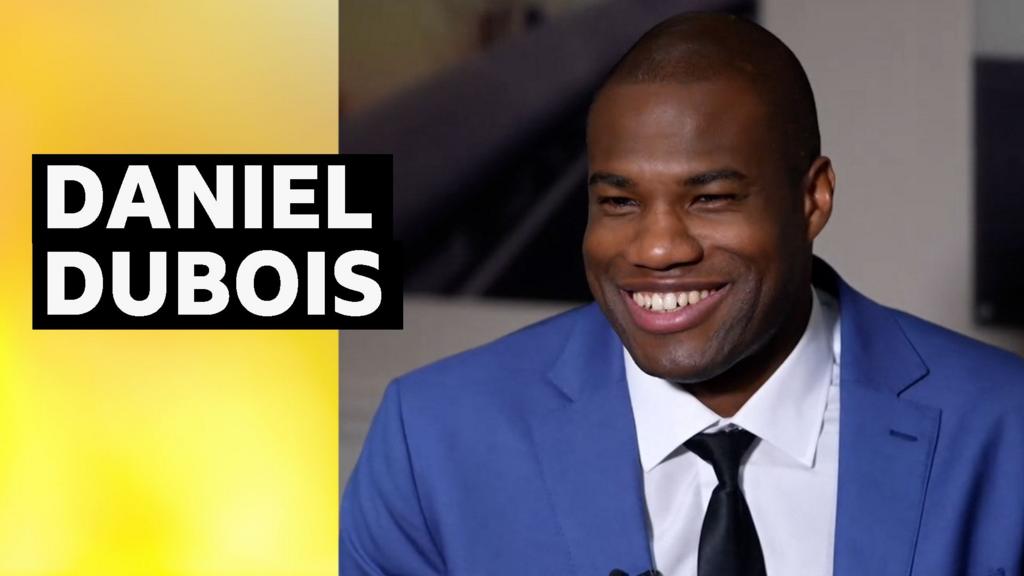Why Consumers Love Shopping: Exploring the Joy, Trends, and Experience

Key Takeaways

- Emotional Satisfaction: Shopping provides emotional fulfillment, making it essential for businesses to create inviting atmospheres and personalized experiences to connect deeply with consumers.
- Social Influences: Peer opinions and social media trends significantly shape purchasing decisions, presenting opportunities for businesses to engage through testimonials and local influencer partnerships.
- Blended Shopping Experiences: Consumers prefer a combination of online and in-store shopping; offering click-and-collect services can enhance convenience and drive foot traffic.
- Emerging Technologies: Innovations like augmented reality and mobile payments can elevate shopping experiences, making integration of these technologies critical for staying competitive.
- Brand Loyalty: Developing emotional connections and engaging customers through loyalty programs can cultivate repeat business and reinforce brand loyalty.
- Retail Environment: An appealing store design and layout can significantly influence shopping behavior, promoting longer visits and encouraging impulse purchases.
Shopping isn’t just a necessity; it’s a beloved pastime for many. From the thrill of finding a great deal to the joy of unboxing a new purchase, consumers relish every moment spent browsing stores or scrolling through online shops. This passion for shopping goes beyond mere acquisition; it’s about the experience and the emotional connection tied to each purchase.
In today’s fast-paced world, shopping has evolved into a social activity, a way to express individuality, and a source of inspiration. Whether it’s the latest fashion trends or the newest gadgets, consumers are driven by a desire to explore, discover, and indulge. Understanding this love for shopping can help businesses tailor their offerings and create engaging experiences that resonate with shoppers.
The Psychology Behind Consumers Love Shopping

Consumers often derive emotional satisfaction from shopping, making it both an enjoyable and complex experience. Understanding the psychology behind this love can help small businesses create effective retail strategies.
Emotional Drivers
Emotional drivers play a significant role in the shopping experience. Consumers seek joy and fulfillment when purchasing items, connecting purchases to feelings of happiness or nostalgia. You can tap into these emotions by crafting a warm and inviting storefront atmosphere. Offering personalized experiences, such as tailored customer service or unique product curation, fosters deeper emotional connections. Using promotional events that trigger excitement can enhance customer engagement and promote loyalty.
Social Influences
Social influences greatly affect shopping behaviors. Peer opinions and social media trends shape what consumers choose to buy. You can leverage this by showcasing customer testimonials and user-generated content in your retail space or online platforms. Inviting local influencers to engage with your products can draw attention and encourage camaraderie among shoppers. Furthermore, creating community events can promote social interaction, transforming shopping into a shared experience that resonates with your target market.
Trends in Consumer Shopping Behavior

Understanding current trends in consumer shopping behavior is crucial for your small business. Shifts in preferences can shape your strategies, enhance customer experiences, and drive sales.
Online vs. In-Store Shopping
Shoppers exhibit a preference for a blend of online and in-store experiences. Many consumers appreciate the convenience and variety of online shopping but also cherish the tactile experience of visiting a retail storefront. Shoppers often rely on online reviews and product details before making in-person visits. Small businesses can cater to this behavior by offering click-and-collect services, allowing customers to order online and pick up in-store. This approach creates a seamless experience that combines the best of both worlds while driving foot traffic to your storefront.
Emerging Technologies
Emerging technologies significantly influence shopping habits. Innovations like augmented reality enable consumers to visualize products in their environments before purchase. Mobile payment systems streamline in-store transactions, boosting customer satisfaction. Small businesses can integrate these technologies to create unique shopping experiences that capture consumer interest. Emphasizing interactive displays in your storefront or offering virtual shopping options can elevate your business in a competitive market.
The Impact of Marketing on Shopping Habits

Marketing significantly shapes consumer shopping habits and influences purchasing decisions. For small businesses, understanding these dynamics can enhance customer engagement and foster loyalty.
Brand Loyalty
Brand loyalty plays a crucial role in consumer shopping behaviors. When customers develop an emotional connection with your storefront, they’re more likely to return. Building brand loyalty involves consistent messaging, quality products, and personalized experiences. Engaging with customers through loyalty programs or exclusive offers can reinforce this connection. Small businesses that prioritize customer feedback and adapt based on preferences tend to cultivate stronger loyalty, leading to repeat purchases.
Promotional Strategies
Promotional strategies directly impact shopping habits by attracting new customers and retaining existing ones. Effective marketing campaigns, whether through social media or email newsletters, highlight special promotions that resonate with your target audience. Techniques such as limited-time offers, seasonal discounts, or referral programs can significantly boost sales. Additionally, online and in-store promotions should create a seamless experience, allowing customers to enjoy the benefits of shopping both ways. Emphasizing local community ties and unique value propositions can further enhance the effectiveness of these strategies, positioning your small business favorably in a competitive retail environment.
The Role of Retail Environments

Retail environments significantly influence consumer behavior. For small businesses, creating an appealing atmosphere can enhance shopper enjoyment and encourage purchases.
Store Layout and Design
Store layout and design directly affect how shoppers navigate your storefront. Implement a layout that facilitates easy flow and showcases popular products. Utilize strategic placements, such as placing high-demand items near the back, encouraging customers to explore more of your offerings. Incorporate eye-catching displays at the front to draw attention and inspire impulse purchases. An organized and visually appealing store design fosters a positive shopping experience, leading to longer visits and increased sales.
Customer Experience
Customer experience plays a crucial role in fostering loyalty and repeat business. Personal interactions and attentive service encourage shoppers to return. Train your staff to engage positively with customers, addressing their needs and preferences. Offer personalized recommendations based on purchase history. Integrate technology, such as mobile payment options and loyalty programs, to streamline the shopping process. Enhance the experience with engaging events or promotions that connect shoppers with your brand, making their visits memorable.
Conclusion

Understanding the love consumers have for shopping opens up exciting opportunities for you as a business owner. By tapping into the emotional connections and social aspects of shopping, you can create experiences that resonate deeply with your audience.
Embracing current trends and integrating technology can elevate your offerings while fostering brand loyalty. Remember that a well-designed retail environment and personalized customer interactions can significantly enhance the shopping experience.
As you adapt your strategies to meet consumer preferences, you’ll not only attract shoppers but also build lasting relationships that drive success in your business.
Frequently Asked Questions

What is the main focus of the article on shopping?
The article explores the dual nature of shopping as both a necessity and a passion. It highlights the emotional connections consumers have with shopping, whether in-store or online, and discusses how shopping has evolved into a social activity and a means of self-expression.
How does emotional satisfaction influence shopping behavior?
Emotional satisfaction plays a key role in consumer shopping experiences. Feelings like joy and nostalgia can enhance the shopping experience, and businesses can benefit by creating inviting atmospheres and offering personalized services that resonate with these emotions.
What current trends are shaping consumer shopping behavior?
Shoppers today prefer a mix of online and in-store experiences. They value the convenience of online shopping along with the tactile experience of physical stores. Businesses can attract these consumers by offering services like click-and-collect and integrating emerging technologies into their shopping experiences.
How can small businesses effectively market themselves to attract customers?
Effective marketing strategies, such as building brand loyalty through emotional connections and personalized experiences, can significantly influence consumer purchasing decisions. Strategies like engaging local influencers and implementing promotional offers can also help small businesses stand out in a competitive market.
What role do retail environments play in shopping experiences?
Retail environments greatly influence consumer behavior. An appealing store layout and design can enhance shopper enjoyment and encourage purchases, leading to longer visits. Positive staff interactions and personalized recommendations further contribute to a memorable shopping experience, fostering loyalty.
Image Via Envato
This article, "Why Consumers Love Shopping: Exploring the Joy, Trends, and Experience" was first published on Small Business Trends
What's Your Reaction?
 Like
0
Like
0
 Dislike
0
Dislike
0
 Love
0
Love
0
 Funny
0
Funny
0
 Angry
0
Angry
0
 Sad
0
Sad
0
 Wow
0
Wow
0
































































































